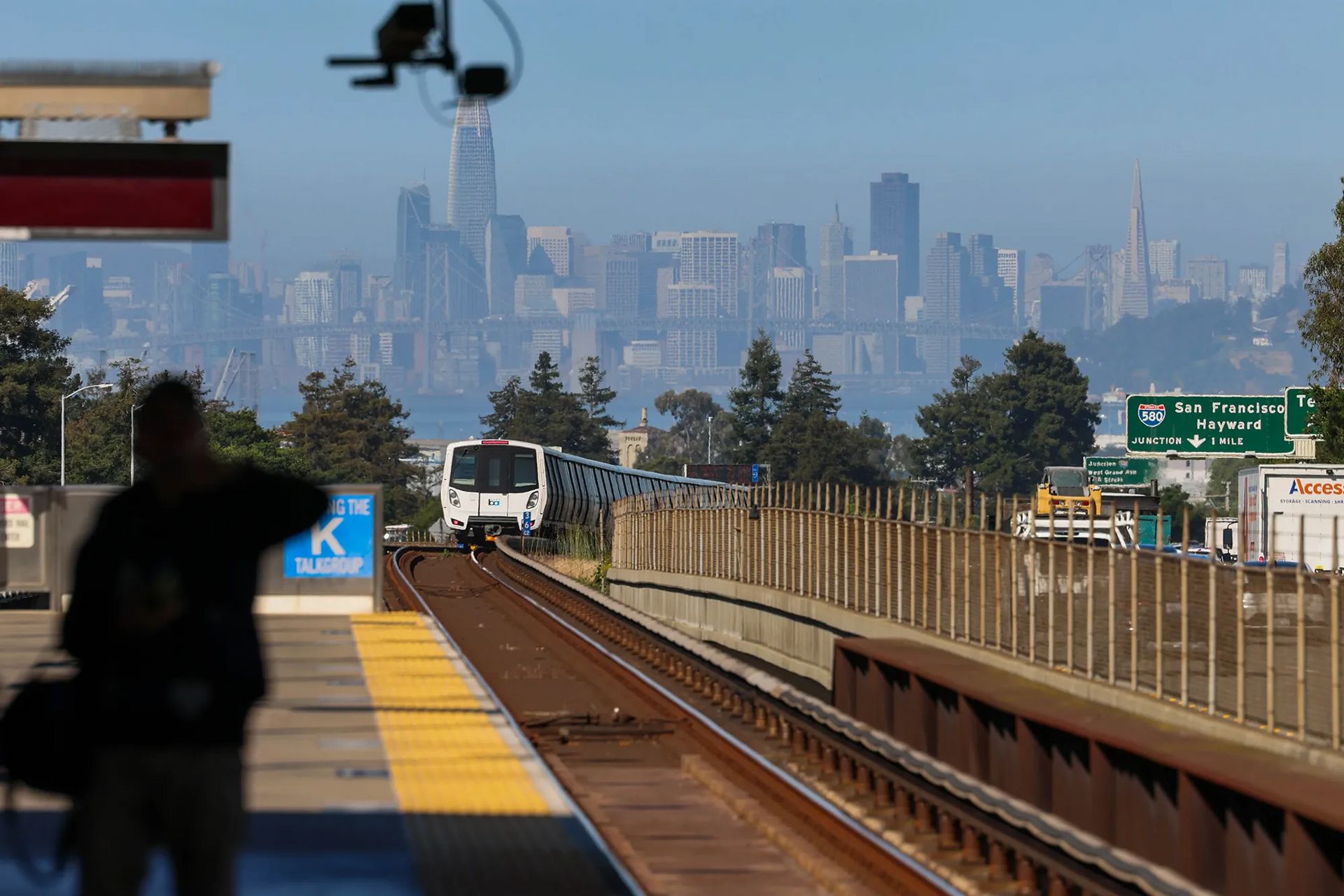- Builder and Developer Insights
- Posts
- Climate Adaptation & Resilience Planning
Climate Adaptation & Resilience Planning
Good morning!
We’re closing October with real momentum — projects are shipping, teams are collaborating tighter than ever, and our focus is sharper heading into Q4. Let’s keep our energy on the essentials: delivering great products, caring for customers, and finishing the year with discipline and pride in how we work.
— Lucas Robinson, Founder & CEO at BudgetMailboxes.com
🎯 This Week’s Strategy:
Climate Adaptation & Resilience Planning
🛠️ Boardroom Brief:
California’s Landmark Upzoning Law Paves the Way for Transit-Oriented Development
Strategy
🎯 Climate Adaptation & Resilience Planning
The growing frequency of extreme weather events, rising temperatures, and changing environmental conditions are forcing the construction and development industry to rethink traditional planning models. Climate Adaptation & Resilience Planning isn’t just a sustainability measure, it’s a risk management strategy that future-proofs assets, reduces long-term operational costs, and enhances community safety.
This approach focuses on designing, building, and managing projects that can withstand environmental stressors such as flooding, heat waves, storms, and resource scarcity. Developers and builders who prioritize resilience are positioning themselves for long-term stability, regulatory compliance, and improved property value, essential in today’s climate-conscious market.
How to Implement Climate Adaptation & Resilience Planning in Your Projects
✅ Assess Climate Risks Early
Start by conducting a climate risk assessment during the site selection and planning phase. Use regional climate projections to identify potential vulnerabilities such as flood zones, wildfire risk, or heat exposure that could impact your project over time.
✅ Design for Resilience
Incorporate resilient design principles into your architecture and materials. Elevate structures in flood-prone areas, use reflective or green roofing to combat heat islands, and integrate natural ventilation and shading to reduce energy loads.
✅ Invest in Smart Infrastructure
Leverage technology such as IoT-based sensors, real-time monitoring systems, and predictive modeling to manage building performance and anticipate maintenance needs. Smart systems can detect flooding, monitor air quality, and optimize energy consumption automatically.
✅ Collaborate with Environmental Experts
Partner with climate scientists, sustainability consultants, and local agencies to ensure your development aligns with evolving climate regulations and best practices. This collaboration helps secure funding or tax incentives for climate-resilient projects.
✅ Plan for Community Resilience
Extend resilience beyond individual buildings. Incorporate green spaces, permeable pavements, and stormwater management systems that benefit the entire community while enhancing livability and biodiversity.
Why It Matters
Climate adaptation is no longer optional, it’s becoming a competitive advantage. Developers who design with resilience in mind can protect investments from environmental risks, attract sustainability-focused buyers and tenants, and maintain long-term asset value even in uncertain conditions.
By integrating climate resilience into your planning today, you’re not just building for the present, you’re ensuring your projects endure tomorrow’s challenges.
Now is the time to lead with resilience and create developments built to thrive in a changing climate.
The Gold standard for AI news
AI keeps coming up at work, but you still don't get it?
That's exactly why 1M+ professionals working at Google, Meta, and OpenAI read Superhuman AI daily.
Here's what you get:
Daily AI news that matters for your career - Filtered from 1000s of sources so you know what affects your industry.
Step-by-step tutorials you can use immediately - Real prompts and workflows that solve actual business problems.
New AI tools tested and reviewed - We try everything to deliver tools that drive real results.
All in just 3 minutes a day
Boardroom Brief
California’s Landmark Upzoning Law Paves the Way for Transit-Oriented Development

California Governor Gavin Newsom has signed Senate Bill 79, a transformative housing law that overrides local zoning to allow mid-rise apartment buildings near major transit stops across eight of the state’s most urban countiesm - including Los Angeles, San Diego, and San Francisco. The legislation marks a significant step toward solving the state’s housing shortage by enabling developers to build up to nine stories near rail, subway, and high-frequency bus routes. For builders and developers, this represents a pivotal expansion of by-right opportunities in transit-rich areas, streamlining approvals and unlocking access to previously constrained urban parcels. While local governments express concerns over diminished control, this upzoning initiative aligns with California’s broader “Yes In My Backyard” movement, positioning the state as a national leader in pro-housing reform. As interest rates ease and costs stabilize, SB 79 could set the stage for the next major housing boom, one centered on density, connectivity, and climate-conscious design.
Game
🎉 Fun Finale: Play & Poll
If similar legislation were introduced in your state - allowing mid-rise, transit-oriented housing by right, what would be your stance?(Tap on your answer) |
 Real workflows. Real results | Curious About Agentic AI?A FREE community where agentic AI workflows are built and shared. |
Fact-based news without bias awaits. Make 1440 your choice today.
Overwhelmed by biased news? Cut through the clutter and get straight facts with your daily 1440 digest. From politics to sports, join millions who start their day informed.


